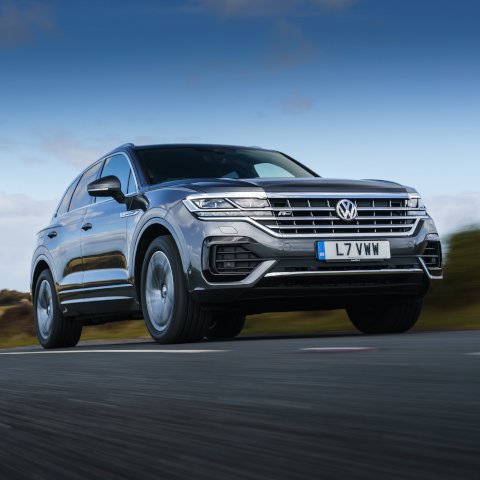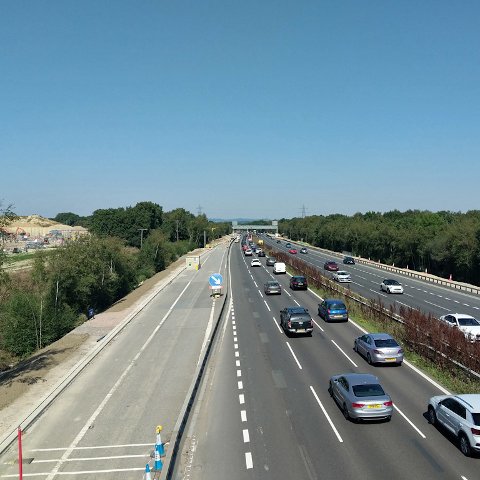
Over 60 motorists banned from our roads each day as drug-driving convictions almost quadruple
A former road safety minister says drug driving is now a ‘hidden epidemic’, with courts convicting almost 20,000 people for driving under the influence of drugs in 2018 alone—around four times as many as earlier years.
The appalling new information from the Driver and Vehicle Licensing Agency (DVLA), shows that, between January 2018 and March 2019, 19,615 motorists lost their licences—that’s equal to 60 every working day or 302 every working week.

A sorry figure
The latest DVLA figures released under the Freedom of Information Act show police nabbed over 200 17-year-olds who had just passed their driving tests and over 40 children aged 15 and 16—all behind the wheel with drugs in their system.
Six people lost their licences after causing death while driving while intoxicated with substances that included cannabis and cocaine.
Some of those whose offences resulted in the death (of at least one other) received a four-year driving ban as punishment and while DVLA data doesn’t show if courts handed out custodial sentences, few offenders go to prison.
Drivers in their late twenties are the most serious offenders. Age 25 is when most people get disqualified because of driving while intoxicated with drugs.
The middle-aged and elderly didn’t have clean records, either. Courts prosecuted 78 motorists over the age of 60 for failing drugs tests. The eldest to lose their licence was a 74-year-old woman.
Figures show that men offend the most, with 18,175 prosecutions, compared with 1,440 women.
The figures include those prosecuted for driving or being in charge of a vehicle when unfit, driving or attempting to drive with a drug level above the specified limit, and causing death by careless driving.
Driving under the influence of drugs became a recognised criminal offence in 2015. In the 12 months following the law change, a police survey showed that when officers from 26 forces stopped motorists on suspicion of taking drugs and carried out 5,857 roadside drug tests, 3,718 tested positive.
‘Google it’
Campaigners say police miss many other drugged lawbreakers because officers stop and test fewer motorists at the roadside since the number of road policing officers fell by a third in the last 10 years.
David Jamieson, who was once a Transport Minister with responsibility for road safety, now West Midlands Police and Crime Commissioner, said:
‘These figures are staggering. The reality is drug driving is a hidden epidemic. A lot of people think they can get away with it because so few police are on the roads and the likelihood of being stopped is really low. What we need is tougher enforcement.’
In August 2018, after smoking cannabis, an 18-year-old smashed his police officer parents’ £35,000 Audi into pedestrians Jason Imi and John Shackley, causing their instant deaths.
Max Coopey, who passed his driving test only two months before the incident, was over the limit for the class B drug cannabis and, although he denied taking it, tests also found codeine in his system.
Courts spared the teenager prison at his trial in January this year and charged him with drug driving rather than death by dangerous or careless driving, which carries a prison sentence of up to 14 years. They ordered him to pay £105 costs, and he received a meagre 100 hours of community service and a 24-month driving ban. Thames Valley Police didn’t consult the Crown Prosecution Service.
Despite having 3.3 micrograms (µg) in his blood when the legal limit is 2µg, Mr Coopey claimed the cannabis hadn’t affected him.
Speaking at his victims’ inquest in July, Coopey said:
‘Just because something is in your blood doesn’t mean you’re under the influence. Google it.’
A spokesman for road safety charity Brake said:
‘These shocking figures reveal just how prevalent drug driving is on our roads. It is vital that both the law and our enforcement ability is effective in catching, punishing and deterring this dangerous behaviour.
‘The Government must prioritise the type-approval of roadside screening devices that can detect all banned drugs and step up roads policing levels to deter offending.
‘We also need to see the law used to its fullest extent with tougher penalties handed out, making clear that drug driving will not be tolerated.’
The weed of crime bears bitter fruit
In England and Wales, it’s illegal to drive if either you’re unfit to do so because you’re under the influence of drugs (illegal or legal) or your blood has certain levels of illegal drugs, even if they haven’t affected your driving.
If the police suspect you’re under the influence of drugs, they can stop you and make you do a ‘field impairment assessment’ (a series of tests, such as asking you to walk in a straight line) or use a roadside drug test to look for cannabis and cocaine.
If they think you’re unfit to drive, they’ll arrest you, take you to a police station, and ask for a blood or urine sample for testing. The police can charge you if your sample tests positive for drugs.
As with drink-driving, if you’re convicted of driving under the influence of drugs, you could get a driving ban of at least 12 months. You also risk receiving an unlimited fine and even up to six months in prison.
A conviction for drug driving will mean a significant increase in the cost of your car insurance, that you have trouble travelling to countries like the United States, and if you drive for work, your employer will know of the conviction on your licence.
You can usually consider a criminal record for a motoring conviction as ‘spent’ after five years but drug driving information stays on your DVLA driving record and driving licence for up to 11 years.
The law differs in Northern Ireland and Scotland introduced a new drug driving law last week.
If you take legal drugs (whether prescription or over-the-counter) and aren’t sure whether you’re safe to drive, talk to your doctor, a healthcare professional, or a pharmacist.
How do you feel about the current drug driving law? What could further reduce driving while under the influence of drugs? Has a police officer ever pulled you over to test you for drugs? Why do you think drug driving is on the increase? Tell us in the comments.







